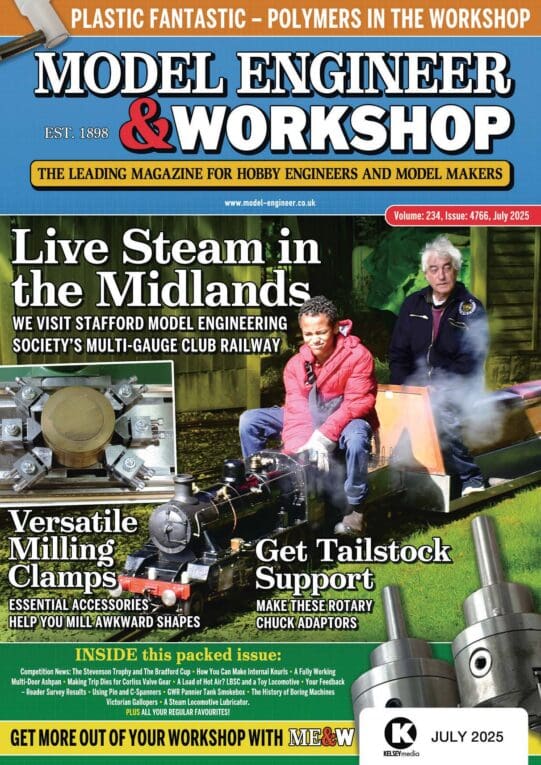Motor won’t start
Motor won’t start
- This topic has 8 replies, 9 voices, and was last updated 2 July 2025 at 17:30 by
larry phelan 1.
Viewing 9 posts - 1 through 9 (of 9 total)
Viewing 9 posts - 1 through 9 (of 9 total)
- Please log in to reply to this topic. Registering is free and easy using the links on the menu at the top of this page.
Latest Replies
Viewing 25 topics - 1 through 25 (of 25 total)
-
- Topic
- Voices
- Last Post
Viewing 25 topics - 1 through 25 (of 25 total)


 </p>
</p>


